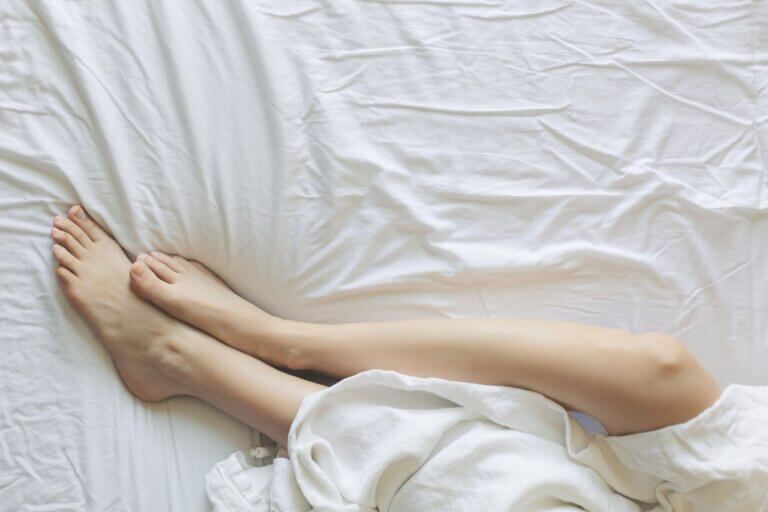
Providing guests with a good night’s rest is a top priority for every short-term rental host. If you want to make sure your guests are sleeping well, you’ll have to invest in some good quality linen. What will it be, cotton? Linen? Microfiber? Or a blend of different fibers? Know the difference between textiles so you can choose the best sheets for your Airbnb guests.
The best inns and hotels are masters of the art of hospitality. They make their guests happy by providing only top-quality service and amenities.
While most of us in the short-term rental space may not aspire to luxury hotel status, we can certainly aim to deliver excellent service as far as our budgets allow.
In the bedroom, it’s not only the mattress, pillows, and duvets that help guests feel relaxed and pampered. It’s also the bedsheets.
So when it comes to choosing which ones to use in your rental, you’ll have to consider a few important things. Let’s take a quick dive into the world of bedding textiles and understand what qualities make each of them different.
According to SleepFoundation, bedsheets are breathable when they promote “comfort cooling” – which is the body’s natural process of regulating temperature. If a sheet can absorb moisture from the body and allow air to flow through, it’s breathable. It’s known as “moisture-wicking”, which helps hot sleepers stay cool on warm nights.
To ensure your guests get good sleep, you’ll want a sheet that has enough breathability to allow heat to escape and not cause sweating. Of course, the climate and location of your property are factors to consider, too, as well as how guests use your heater or air conditioning.
To be on the safe side, invest in breathable sheets for warm summer nights – such as cotton, linen, or bamboo. Sheets that suit cooler temperatures have wool blended into them, such as a flannel.
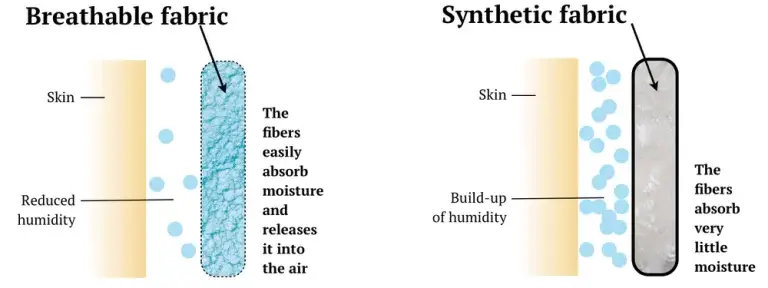
Look for sheets that are easily washed, dried, and ironed, if necessary. Anticipate how quickly they’d absorb dirt and stains, and retain them despite some washing.
When choosing between types and brands, read the care instructions on the label so you’ll know the amount of effort you or your cleaners will have to put into caring for them. Some sheets can’t take too much heat, fabric conditioner, or bleach.
You don’t want your cleaning team spending too much time pre-soaking sheets in baking soda to remove stubborn stains, nor hours waiting for linen to dry before they could iron or fold them.
Read also: Building a Team – The 4 Skill Sets You Need in Your Airbnb Dream Team
Eventually, the time, money, and effort you save on washing and drying your sheets will amount to considerable savings.
Listen as Jon explains how washability is important when choosing the best sheets for an Airbnb rental:
A fabric’s drape refers to its fluidity or rigidity. We all want sheets that feel good next to our skin when we’re sleeping, lounging, or even romping in bed. We want them soft and silky so they flow down the sides of the mattress and tuck easily when we’re making our beds.
But for aesthetic purposes, we also want them to hold their shape so they look smooth, taut, and tidy when we spread them across the mattress.
Try to find that sweet spot between soft and silky, and crisp and smooth.
Note that when sheets are too stiff, they’re prone to wrinkles. You’ll want the kind that will remain smooth despite lots of tossing and turning in bed. But you’ll also want some fluidity so that the sheet will feel cozy and velvety.
In the hospitality industry where guest traffic and turnovers are fast, durability should be a priority. Hosts and property managers need tough sheets that won’t snag, pill, tear, or fray with constant use. Low-quality fabrics won’t cut it because they tend to wear thin over time and lose their softness. Some will shrink or fade in color with just a few washes.
Next time you purchase bed sheets for your rental, consider getting hotel sheets. Hotel sheets are made for durability since they’re washed up to 300 times a year. They’re engineered to go through at least a year of wash cycles before shredding or tearing.
You can source hotel sheets from textile wholesalers or hospitality bedding suppliers.
Cost efficiency is always important when running a business. While some high-end inns and hotels claim to use 100% luxury cotton – so they could market their linen as a luxury amenity – a vast majority of hospitality brands use a blend of cotton and polyester. Cotton is expensive, so incorporating it into polyester, which is cheaper, allows for more breathability. The result is Poly Cotton which is more economical. The combination delivers the same drape, softness, and durability as cotton.
To further cut down on costs, start sourcing your sheets from hotel suppliers — as mentioned. And buy them in bulk.
When we buy sheets online or at department stores, we’re often encouraged to choose a high thread count. Retailers are conditioned to think that the higher the thread count, the more comfortable a sheet will be.
Thread count is the number of horizontal and vertical threads in a square inch. The higher the figure, the denser and heavier the textile is. Thread count also helps determine how fine or coarse a fabric turns out.
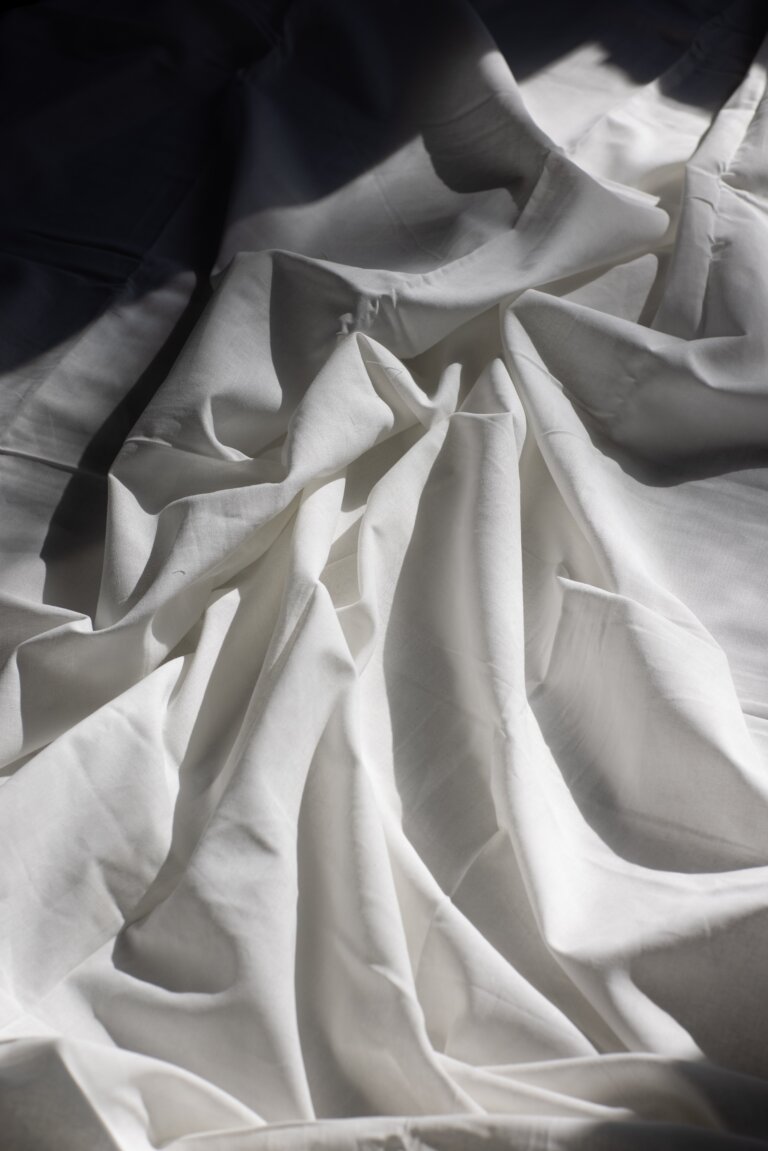
But according to industry experts, and based on our own experience, a higher thread count doesn’t always equate with higher quality.
First of all, thread count often applies only to cotton sheets and with certain kinds of weaves — such as the single-yarn structure. Other types of textiles are measured in terms of weight, such as grams per meter or ounces per yard.
Many connoisseurs say a high thread count – say 800 or higher – is often just a marketing gimmick. Manufacturers can twist multiple yarns together to inflate their numbers, or they incorporate layers of lower-quality fabric to obtain a “high” thread count.
So the brands that say they use 100% cotton may actually be using a fabric that’s a blend of high-quality cotton and a lower-quality one – just so they could claim it as 600- or 800-thread cotton sheets.
Actually, most mid-scale hotels use a 250-thread count, while higher-end ones go for a 300-500 range.
When it comes to comfort, the right choice of material and the quality of its yarn are actually more valuable than thread count.
For our purposes, the best sheets for Airbnb will have thread counts of between 250 and 400. Lower than 180 would have a rougher texture, and anything above 400 would be an inflated figure that won’t actually feel any softer. More likely, it’s a marketing ploy that will fetch you a higher price.
First of all, hotel sheets are comfortable because they’re cleaned regularly. They’re washed, bleached, dried, and ironed professionally, making them feel fresh, clean, and crisp all the time.
Hotel sheets are usually made of top-quality cotton or cotton blends. Often, they’re made with the percale weave (more about this in a minute) which is a cooler, crisper, and stronger type of weave. Whereas the retail sheets you’d find in department stores are typically of sateen weave, which is softer and silkier. BUT sateen is hotter and is prone to cause discomfort due to sweating.
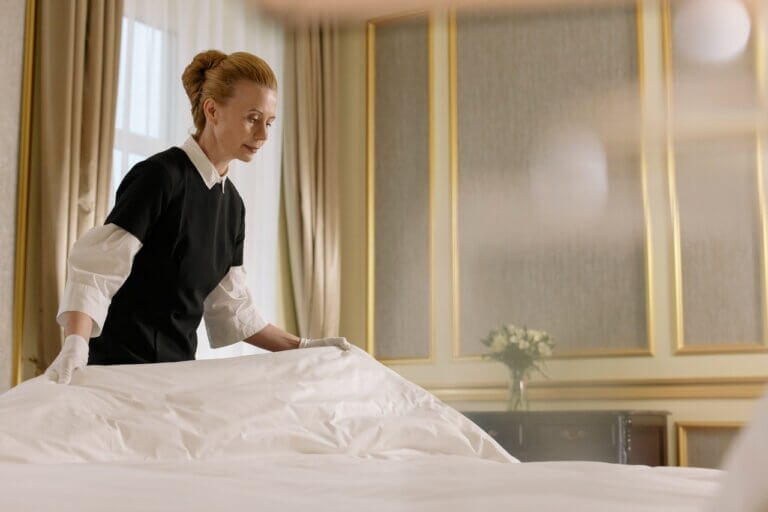
Each textile has its own unique traits and a characteristic feel. And each will come with merits and downsides as well. With countless varieties out there, it can be challenging to choose which one would make the best sheets for your Airbnb.
Buying online can pose further challenges because you won’t be able to feel the fabric. But if you know the different kinds of materials out there, and are aware of their pros and cons, you’ll be able to make an informed decision.
Sheets labeled “bamboo” typically consist of rayon, lyocell, or modal fabric which are derived from bamboo fibers. These fibers are very long and sometimes stretch across the entire sheet. Bamboo fiber is similar to cotton in its softness, breathability, and strength.
PROs
CONs
Cotton is a versatile textile that can keep you cool in the summer but cozy enough in the winter. There are various types of cotton, usually differentiated by their staple size (or length of fibers) and weave structure. These ultimately determine the type of cotton’s durability, softness, and smoothness.
Upland cotton is the most common, comprising about 90% of all cotton produced in the world. If you see “100% cotton” on the tag, it’s likely upland cotton, which is a good value. But upland cotton is prone to pill because of its short fibers.
Pima and Egyptian cotton are considered luxurious because of the extra-long fibers that are soft, silky, and incredibly strong. They’re resistant to pilling, fraying, tearing, wrinkling, and fading. These types of cotton are the most durable since they can easily last for 2 to 3 years of continuous use.
Pima is grown primarily in the U.S. (Supima is the trademark name), while authentic Egyptian cotton is produced in the Nile River valley. Egyptian cotton is hand-picked to prevent breaking the thin, fine fibers. It’s considered the creme de la creme and the most expensive cotton on the market.
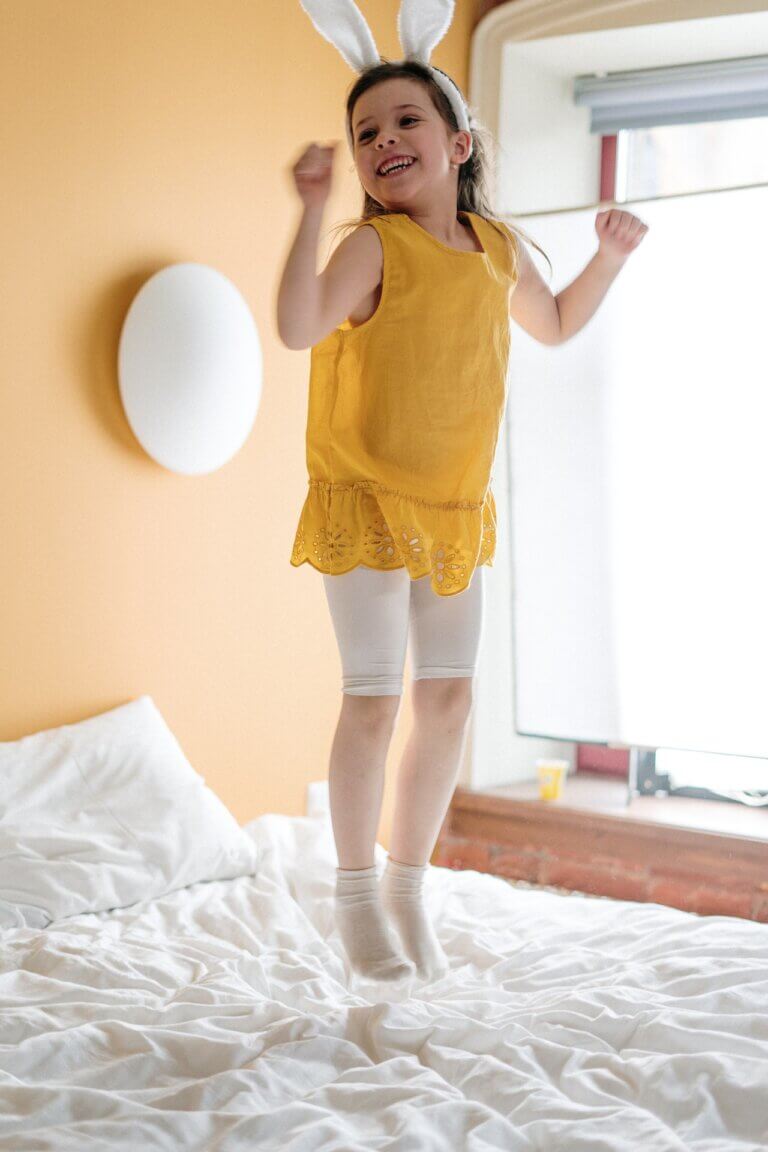
Aside from the kind of cotton used, another important factor when choosing this material is its weave. You’ll often find the terms “Percale”, “Sateen”, or “Jersey” written on cotton sheet tags, which define their weaving.
a. Percale is a simple and sturdy weave that is tight and flat, resulting in a fine, matte finish. It has a crisp, lightweight feel. It can be woven with pure cotton fibers or with a blend of cotton and polyester.
As mentioned earlier, hotel sheets normally use Percale because it’s cooler and crisper. It’s also a cheaper but stronger alternative to silk which is too delicate and costly.
b. Sateen (not satin) is a kind of weave that has more vertical threads than horizontal. The result is a fabric that’s silky to the touch, with a mild sheen on top and a plain finish underneath. Sateen is also more drape-able and wrinkle-resistant. At the same time, it is buttery soft yet heavier than percale. Which makes it look nicer, richer, and more luxurious.
However, sateen retains more heat so hot sleepers can end up feeling uncomfortable with them. And over time, sateen becomes prone to pilling and snagging.
c. Jersey cotton is actually knit, not woven. It is ultra-soft, stretchy, wrinkle-resistant, and breathable. But not very durable.
Cotton is a hypo-allergenic material, unlike synthetic textiles which can irritate sensitive skin.
PROs
CONs
Made from flax fibers, linen is slightly thicker than cotton, making it feel bit coarse and stiff. (But some like it like that.) Its fibers are hollow and are woven more loosely than cotton, resulting in a more breathable and cooler textile. It even has higher wicking properties than cotton.
Linen is considered one of the most durable fibers in the world.
PROs
CONs

4. LYOCELL (originally trademarked as Tencel)
Lyocell is a plant-based, semi-synthetic fabric made out of dissolved plant fibers and wood cellulose, usually from eucalyptus trees. It’s a type of rayon that is soft and silky but doesn’t cling.
PROs
CONs
5. POLY COTTON
Poly Cotton is made from a blend of natural cotton and man-made polyester, which is a kind of plastic. It’s popular because it’s soft, durable, dries quickly, and requires little ironing.
PROs
CONs
*We do NOT recommend Microfiber. It’s a modern, synthetic material made out of a combination of fine polyester (a type of polymer derived from coal, air, water, and petroleum) and nylon (polyamide). Microfiber is woven very tightly like silk so it is soft, thin, and drapeable. It’s also relatively cheap.
BUT it isn’t breathable. Microfiber traps moisture easily so it’s not recommended for hot sleepers. And because it’s synthetic, it’s not recommended for sensitive skin.
Microfiber is also not very durable. Some say it’s prone to snagging, abrasion and shrinkage.
Now that you know the different types of textiles and their qualities, you can probably decide which ones will be the best sheets for your Airbnb.
If you’re still unsure, try getting different types to test out then return the ones that don’t meet your standards. There are online brands that offer trials, which can last from 30 to 100 nights. (But find out their terms first, because some distributors only accept returns on unused and unwashed bedding.)
But if you can afford to, keep a few different types of sheets in your inventory. It’s not only a good idea to have several extras on hand, but a variety of them, too. You can choose to use the warmer sheets during the winter, and bring out the cooler ones in the summer.
Providing the best sheets for your Airbnb guests will be well worth the excellent reviews that you’ll get in return.
Ready to learn how we built & operate a $2M/year short-term rental business, operate properties throughout the USA remotely, and acquired 70+ properties without owning any in just 2 years? Attend our free online master class to learn how you can do the same. Click here.